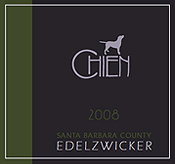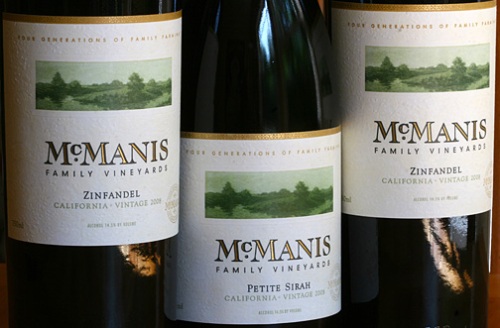A Taste of the Past Thanks to Bedrock and Carlisle
It was an age of innocence, a simpler way of life, a time when a trip to the grocery store would inevitably lead to the purchase of a Cline Zinfandel, Lindeman’s Bin 65 Chardonnay, or something really exotic like a bottle of Duboeuf Beaujolais – it’s French you know! Then came this insatiable interest in wine. Now there were varietals that begged to be sampled. From the dark brooding of Petite Sirah to the grassy freshness of Sauvignon Blanc, this growing fascination, while still being financially manageable, was rapidly becoming a minor obsession.
Then a singular event occurred. One that would so radically alter my purchasing and consumption behavior that what was once a vaguely informed lifestyle choice immediately became a heated pursuit. With one sniff, one taste, my once serene world of wine was suddenly turned upside down. I had, quite by accident, experienced my first taste of wine sourced from one of California’s historic vineyards. Known as a field blend, this magical liquid was comprised primarily of Zinfandel, but also contained Carignane, Cinsault, Alicante Bouschet and even a couple of unidentified varietals. The result of this mixing was a kind of winemaking alchemy that left me wanting to stock my makeshift closet cellar with as many versions of this kind of wine as I could find.
This all sounds well and good, but with this wine epiphany came the realization that I could no longer settle for just any old plonk. No sir, now I must dedicate significant time and energy to the chase of these rare bottlings made from vines planted, in some cases, well over 100-years-ago. Of course, this would not be a problem if there were more producers of such wine, but the reality is that there are a finite number of vineyard sources that have survived to this day.
Who exactly do I have to thank, or blame, for this radical shift in my wine consumption? Two names immediately come to mind: Morgan Twain-Peterson of Bedrock Wine Co. and Mike Officer of Carlisle Winery & Vineyards. Between these two I have willingly parted with, in my world, significant sums of money to feed this growing habit. Now a word about the wines from these two amazing sources.
Bedrock Wine Co. – Owner and winemaker Morgan Twain-Peterson puts his efforts into perspective by describing one of his primary objectives as a winemaker – “To channel the fruit of ancient vines into powerful, elegant, and distinctly Californian wines.” And this is exactly what Morgan does with his California Heirloom Wines, all of which are derived from vineyards that have (thankfully) stood the test of time. These wines are clearly a labor of love that goes well beyond simply being delicious.
Carlisle Winery & Vineyards – Locating and harvesting some of California’s old-vine Zinfandel has clearly been a passion for Mike Officer. As owner and winemaker at Carlisle, Mike offers much sought after bottlings of Zinfandel (not to mention Petite Sirah, Carignane and Syrah) sourced from some of California’s classic vineyards. Mike’s wines, produced in relatively small quantities, consistently stand out for their structure and complexity.
A final thought on these wines and the winemakers. After my introduction to Bedrock and Carlisle, I immediately came to the conclusion that Morgan and Mike are two of the very few winemakers that are willing and capable of conveying their reverence for the heritage vineyards of California. Their wines effectively offer the consumer a taste of what California’s early winemakers may have enjoyed those many, many years ago. I would like to convey my personal thanks to both men for having the courage of their convictions, and for their continued efforts to preserve some of California’s oldest vineyards. Now if I could just get on the darn Carlisle mailing list!
photos and text © 2011 craig allyn rose











 That’s it for now, but in the next installment documenting this outstanding event we’ll taste the wines of Dashe Cellars, Eno Wines, Prospect 772 Wine Company.
That’s it for now, but in the next installment documenting this outstanding event we’ll taste the wines of Dashe Cellars, Eno Wines, Prospect 772 Wine Company.






